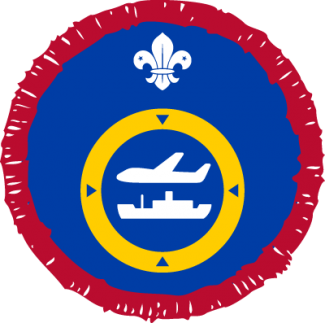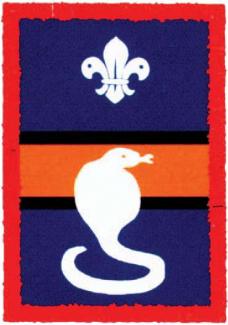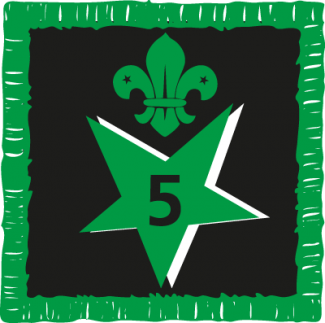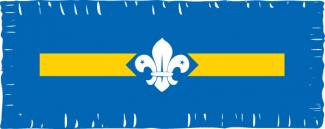Air or Sea Navigation
Submitted by siteadmin on
Section
Badge type
Choose one of these options. Then complete all of the tasks under the option you've chosen.
Option 1: air
- Using simple diagrams, illustrate latitude and longitude.
- Using a compass, show how an aircraft can be turned on to various compass headings.
- Using a simple diagram, show how a fix can be obtained from two position lines. Give a quick description of two ways that bearings can be obtained in an aircraft.
- Show that you understand how compass headings work:
- You'll be given a true heading and the variation and deviation. From this, work out the compass heading on which a pilot should be flying.
- You'll then be given two sets each of true, magnetic and compass
headings. Work out the variation and deviation for each.
- Show that you know about the latest developments in electronic technology, like the Global Positioning System.
- You'll be given three headings and corresponding tracks. For each one, work out the amount of drift in degrees and the type. Show your answers by drawing a simple diagram.
- Choose one of these to do:
- On a topographical air map, draw a track for an imaginary flight of at least 80 nautical miles. Point out the landmarks that would show up on both sides of the track, in clear visibility, at an altitude of about 600 feet.
- Identify landmarks on a topographical air map that you would see during a flight of about half an hour in clear weather.
- On a topographical map, draw the track between any two places at least 100 nautical miles apart. Measure the exact distance.
- If the aircraft's air speed is 130 knots, what would be the time of flight from overhead starting point to overhead destination? Work this out for each of these conditions:
- with no wind at all
- with a head wind of 30 knots
- with a tail wind of 50 knots.
Option 2: sea
- Gain a good working knowledge of charts, chart datum and symbols used.
- Show your skills in compass work by completing all of these tasks:
- Read a mariner's compass marked in points and degrees and demonstrate your knowledge of compasses generally.
- Show that you know about variation and avoiding deviation.
- Show you're able to correct a magnetic compass course for variation and deviation to obtain a true bearing. Next, adjust a given true bearing to obtain a compass course.
- Show how compass error can be found from a transit bearing.
- Complete two of these tasks:
- Show how a position can be found from two intersecting position
lines. - Learn what is meant by a 'cocked hat' position and how to use it safely. Plot a position from any three cross bearings.
- Plot a position using the 'running fix' method.
- Plot a position using a combination of compass bearings and one or more of these: satellite navigation system, vertical sextant angle, horizontal sextant angle, line of sounding or transits.
- Show how a position can be found from two intersecting position
- Learn how to use tide tables and tidal stream atlases.
- Learn how to use the marine log to obtain distance run and speed.
- Show you understand the buoyage system for United Kingdom coastal waters and other methods of marking dangers and channels.
- Show that you're aware of the latest developments in electronic technology, like the Global Positioning System and electronic charts.
- Go on a coastal voyage of between four and six hours and act as the navigator. You should keep a log showing courses steered, distance run, navigation marks passed and weather experienced. During the voyage:
- plot the estimated position every hour by keeping up the dead reckoning
- at least once per hour, and whenever appropriate, plot an observed position by bearings or other means of obtaining a fix.

Heads up! No resources are available for this badge.


